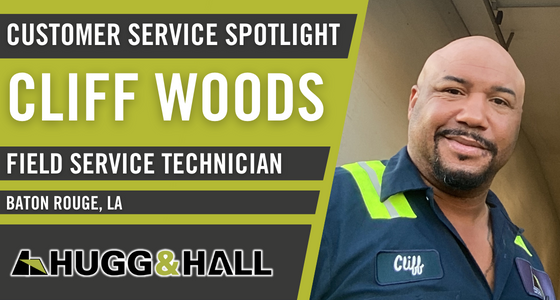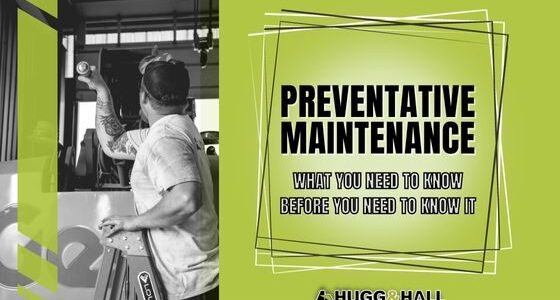
How to Avoid Common Construction Site Injuries
What's new: OSHA reported that in 2022, there were 5,486 fatal construction site injuries in...

What's new: OSHA reported that in 2022, there were 5,486 fatal construction site injuries in...

Meet Cliff Woods! Cliff Woods is a Field Service Technician in Baton Rouge, Louisiana! Cliff...

Interested in learning how to perform preventative maintenance? Want to know more about why it's...